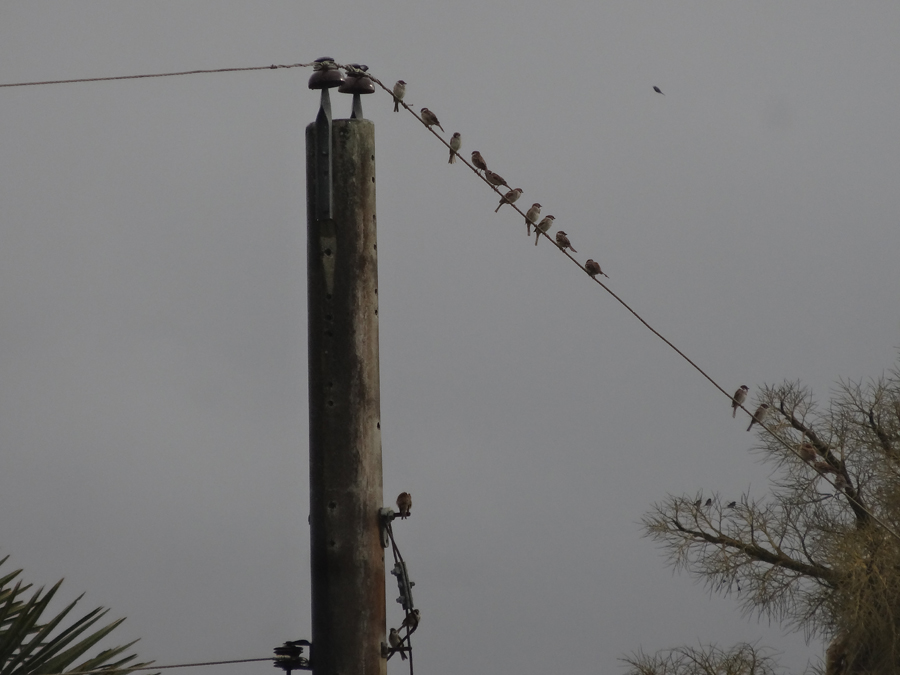
More than three thousand birds were recorded in Palsabangon Mangrove Experimental Forest (PMEF) in Brgy. Ibabang Palsabangon, Pagbilao, Quezon, fishponds and coastal areas of Brgy. Sipa, Padre Burgos, Quezon, fishponds in Brgy. Balanacan, Unisan, Quezon, and rice fields along the Ecotourism Road in Sariaya, Candelaria and San Antonio, Quezon.
Twenty-nine bird species composed of terrestrial, waterbirds, and wetland-associate. Nineteen (19) were identified as migratory while ten (10) inhabit the country. There were also some species classified and listed as vulnerable (Philippine duck) and near-threatened (Grey-tailed Tattler).
The vegetation in these sites/areas was suited for migratory birds feeding ground. Overall, the sites were not threatened by natural hazards and human disturbances despite the fact that other sites were within private properties.
The Conservation and Development Section (CDS) of CENRO Tayabas spearheaded the conduct of monitoring of migratory birds in seven (7) identified bird sites within its area of jurisdiction on January 5-6 & 14, 2022. In comparison to the previous census conducted in the first and fourth quarters of 2021, the total recorded population of migratory birds seemed to increase, but decreased in a number of types or species. The weather condition at the time of the monitoring and counting was one of the factors in the varying number of migratory bird species.
Another census will be conducted by CENRO Tayabas before the end of the year and will also be part of the World Migratory Bird Day that will be celebrated on October 8, 2022. ###
- Details
- Parent Category: News & Events
- Category: Photo Releases
- Published: 14 February 2022


